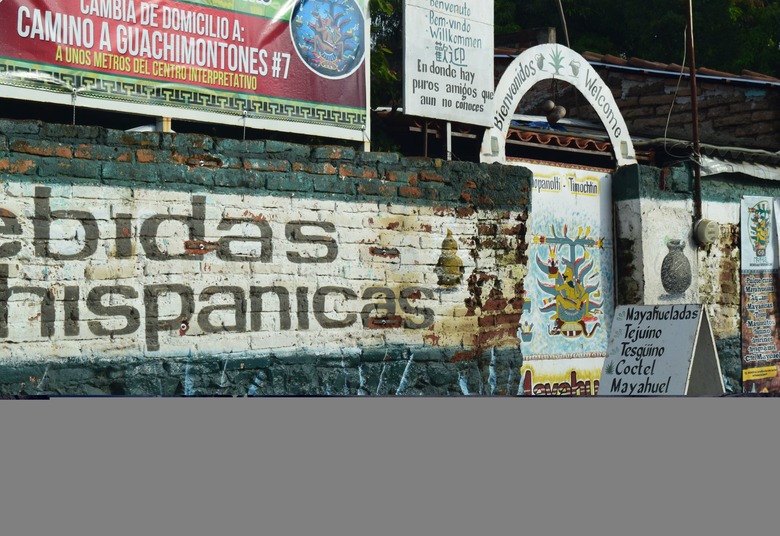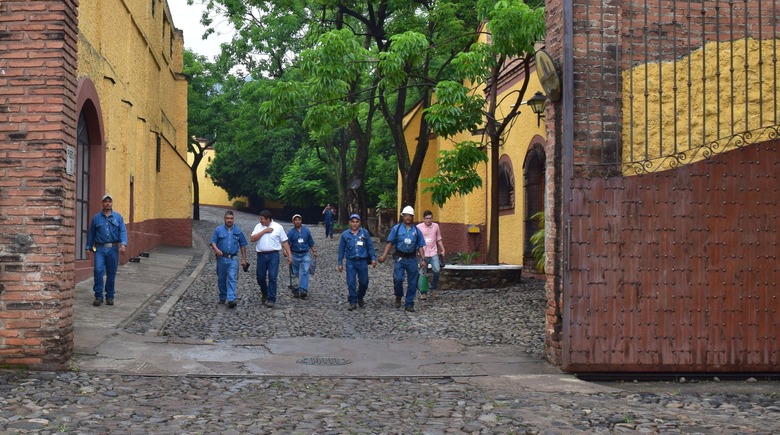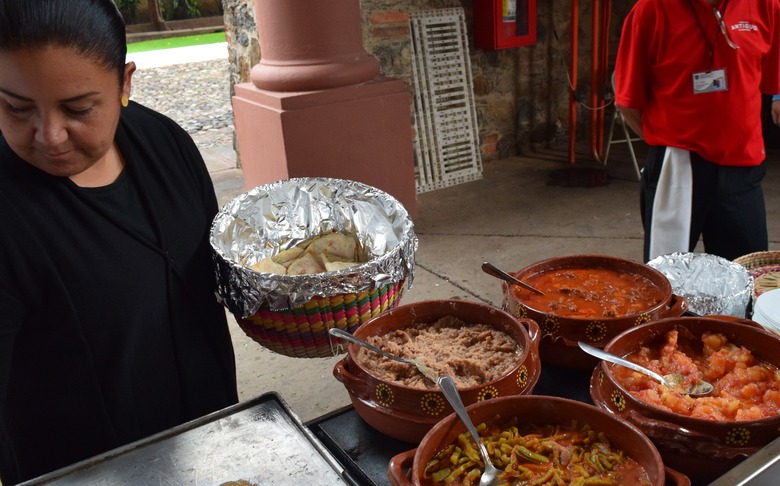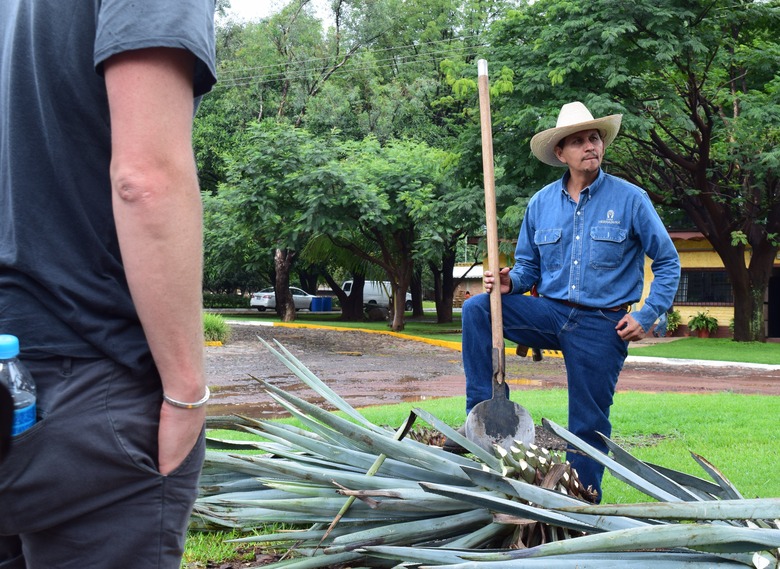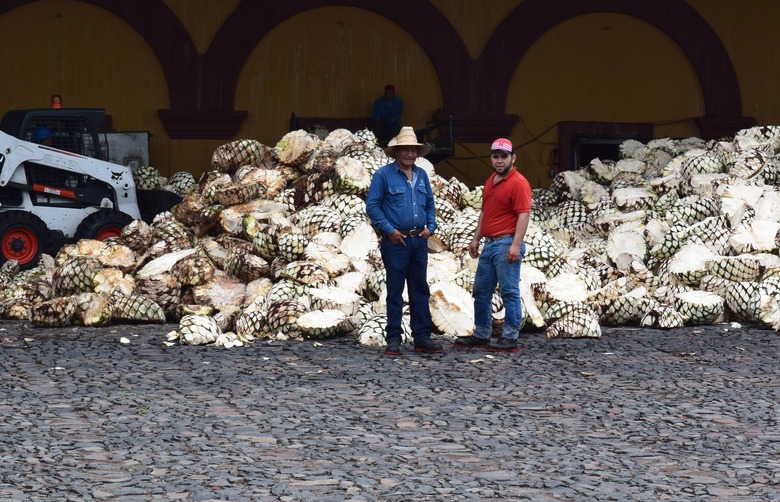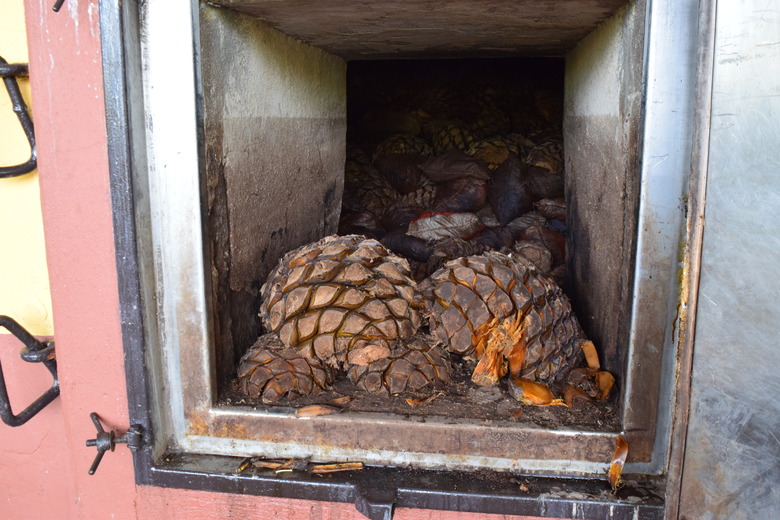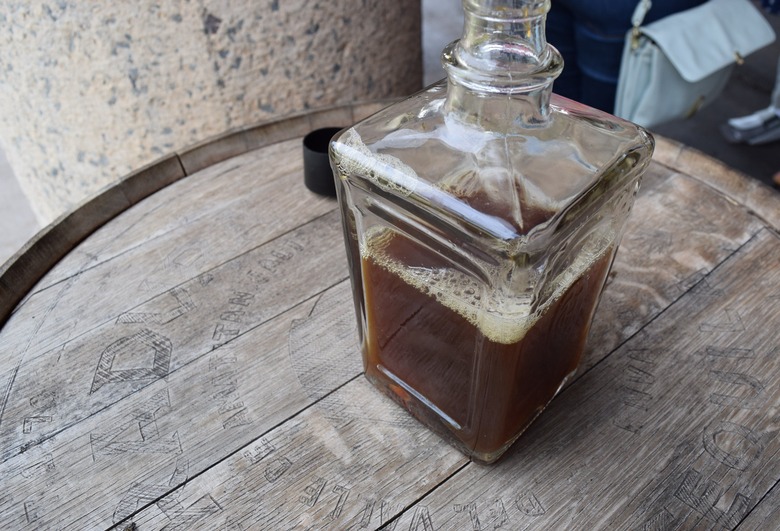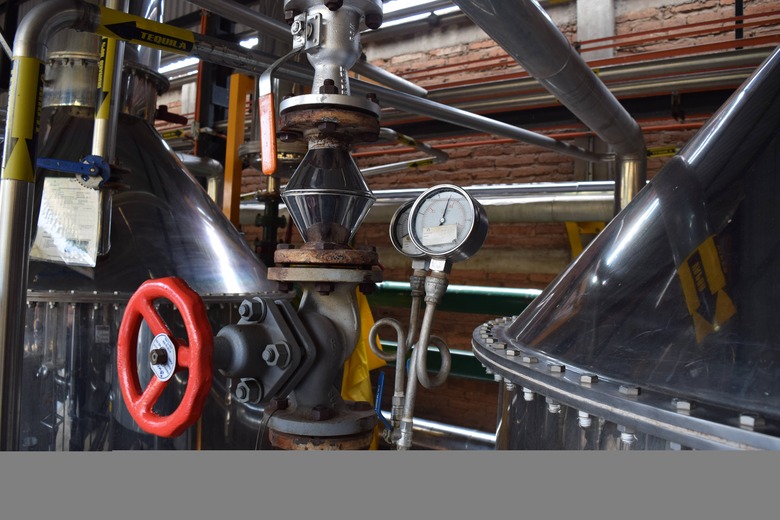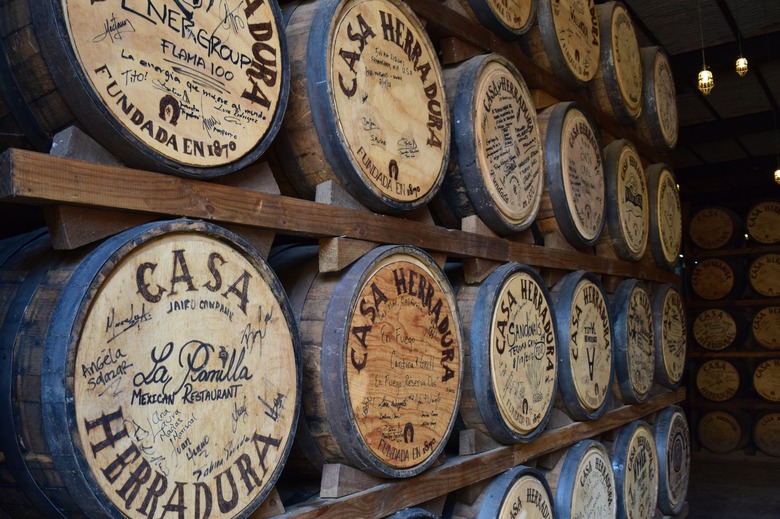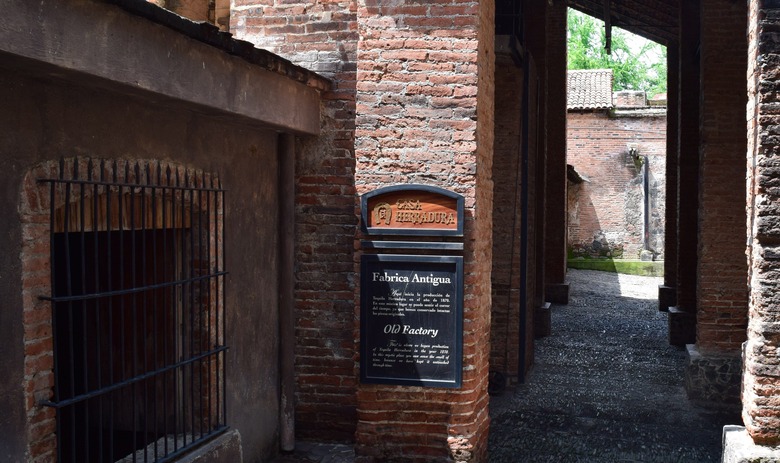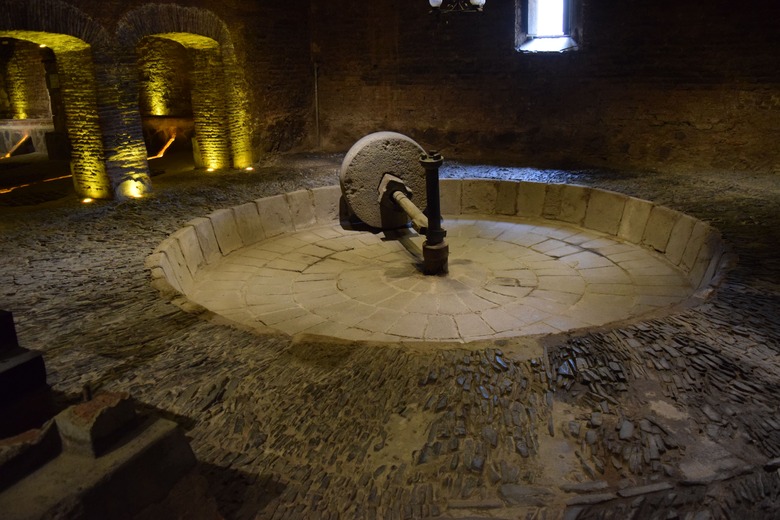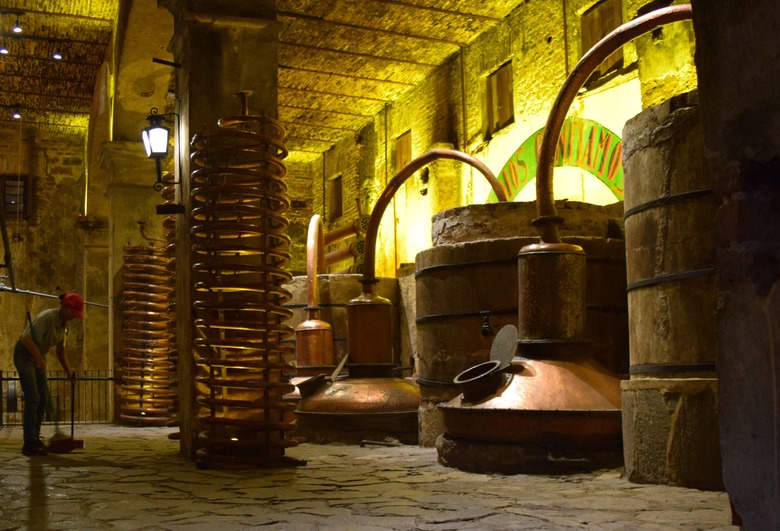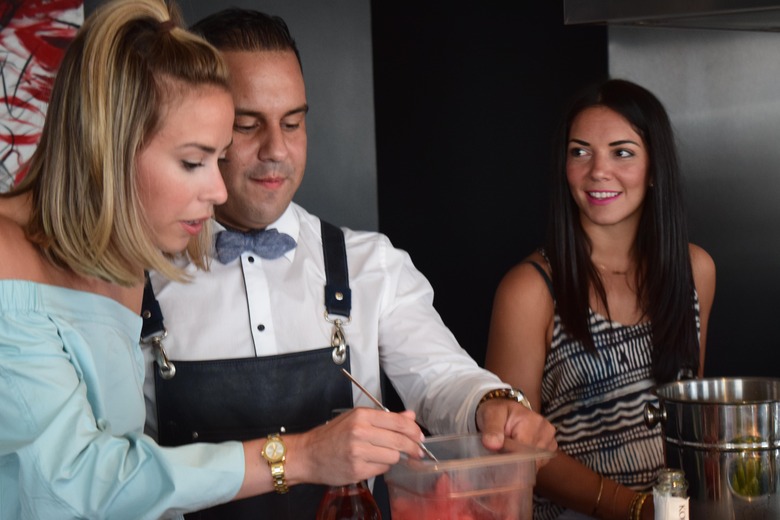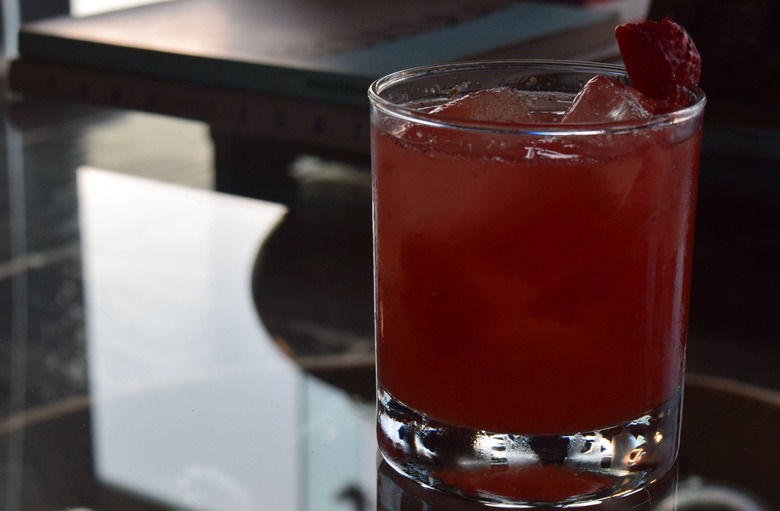The Cultural Heritage — And Modern Quality — Of Herradura Tequila
Until I sat down across from Ruben Aceves in New York City a year ago to sample a glass of Herradura tequila, the brand he represents, I assumed the typical Mexican hacienda was just like the ones I had seen in Western movies — a ranch with a grand farmhouse, probably one with a rambling porch out front.
Aceves grew up in Guadalajara, Mexico, and knows a lot about the sprawling Jalisco countryside that lies between mountain ranges northwest of the city. The land out there is known primarily for one thing — growing hundreds of acres of spiky agave plants and turning them into that delightful concoction that helps Jimmy Buffet and a lot of other folks hang on: tequila.
With a smile, Aceves explained to me the requirements once necessary for a Mexican farm to be a certifiable hacienda. It had to be walled-in to give security, have enough land and resources to be self-sufficient, provide housing inside for its full-time workers and, of course, have its own chapel, a Roman Catholic one. In fact, he said, Herradura has been making tequila since 1870 in such a fortress — Hacienda de San José del Refugio — in the little town of Amatatán.
"It's the last hacienda where tequila is still being made," Aceves said proudly. "Come down and visit us." Earlier this summer I did.
Arriving in Tequila Country
Tequila country is about an hour's drive northeast of the charming city of Guadalajara, and the drink is named after Tequila, a small town here. Jaliscans love bebidas (beverages) whether they are tequila or pulque, both coming from agave, or tejuino, fermented from sweetened corn dough.
Working at the Hacienda
Not all employees in modern-day tequila production can live at the hacienda, so members of the morning crew report to work through a massive gate in the thick walls that once protected the family from banditos. Here, Herradura produces blanco and barrel-aged tequilas.
Eating Jalisco-Style
We are treated to a hacienda-style breakfast featuring gorditas, flatbreads stuffed with piping-hot beans, chiles, and meats. As we begin our exploratory walk, Aceves tells me that Herradura grows 18 million agave plants. "Each will have three to five 'baby' agaves in their lifetime," he explains.
Harvesting
Harvesting agave is hard, exacting work. A jimador, or agave harvester, uses a razor-sharp utensil, called a coa, to slice off the spiny limbs of a mature agave to get down to its pineapple-shaped "heart." It takes eight to 10 years for an agave to reach maturity, and its flower is chopped off so it will grow fatter.
Agave Hearts
After the jimadors do their work, mountains of agave hearts are stacked in the reception area outside giant ovens. According to Aceves, terroir affects agave just as it does grapes. "Agave from the highlands is fruitier," he says. "From the lowlands, like Herradura, it's more vegetal."
Juicing
A front-loader fills pressurized ovens with agave hearts, and the heat helps break down the fibrous plants so that juice can be extracted. Although there are dozens of different varieties of agave, Mexican law requires Herradura and other companies to use only blue agave, Agave tequilana.
Sticky and Sweet
The juice extracted from agave is apple-cider brown, sweet, and sticky. Although agave grows above ground, Aceves compares it to a sweet potato. He pours me a taste of the juice, which I gingerly sip. (Pause) I'll wait a while until it turns from brown to clear, and the sugar becomes alcohol.
Becoming Alcoholic
The juice is fermented, turning into a type of beer before it is twice distilled, similar in process to most other spirits. Last year, Herradura introduced into the States a "still strength" tequila called Directo de Alambique ("direct from the still") at a whopping 100 proof with no barrel-aging.
Bespoke Barrels
Blanco or silver tequila is not aged in wood, while reposado — which Aceves says Herradura made the first-ever one in 1974, "changing the industry" — and añejo are aged in American oak barrels. Many business visitors to Herradura blend a single bespoke cask, one of 48,000 barrels in its cellars.
Keeping the History Alive
Rather than destroy its past, Herradura still keeps its old "factory," which it retired in 1967, as a museum. It first started producing tequila in 1870, and today it is visited by thousands of visitors annually, many arriving on weekend trains that chug out from Guadalajara.
The Crush
Before there was the modern process that we know today, mules, oxen, or horses would pull this giant stone, called a tahona, in a circle, crushing the hearts of the agave. In time, that produced a slurry of juice and fibers. Workmen with pitchforks extracted the fibers, and the juice was either drained off or fermentation would begin in the pit itself.
The Spanish Way
Although indigenous peoples used agave both for food and as a fermented drink — the milk-colored pulque that is still popular today — it was the Spanish invaders who brought with them the technology to distill agave juice into primitive tequila using ancient pot stills.
The Bar Is Open
Back at the hotel, brand ambassador Kevin Vanegas shows us what tequila is really about, enjoying it straight or as an ingredient in cocktails. He conducts an on-the-spot seminar with models from the clothing firm Sol Angeles, who are visiting Herradura for a photo shoot.
A Parting Toast
Mexico's favorite cocktail is the Paloma, a mixture of tequila and Squirt citrus soda. Vanegas' version, La Estrellita Rosada, blends Herradura silver with strawberry purée, grapefruit juice and liqueur, and Champagne. Bottoms up!

